29+ Rough Draft Examples to Download
Writing can be a challenging endeavor, whether you’re a seasoned professional or a novice writer. However, mastering the art of drafting is a crucial step towards creating a polished piece of work. In this article, we’ll explore the concept of a rough draft, provide step-by-step guidance on how to write one, address common questions, and present a diverse collection of 29+ rough draft examples in Google Docs, Word Apple, Pages, and PDF formats. So, whether you’re working on a storyboard, a contract, a will, a writing sample, or even a script, we’ve got you covered!
1. Resume Template
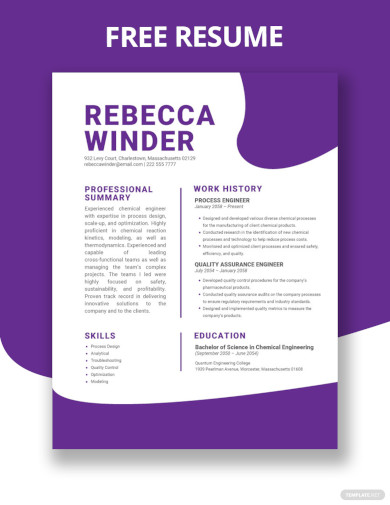
2. Research Paper Template
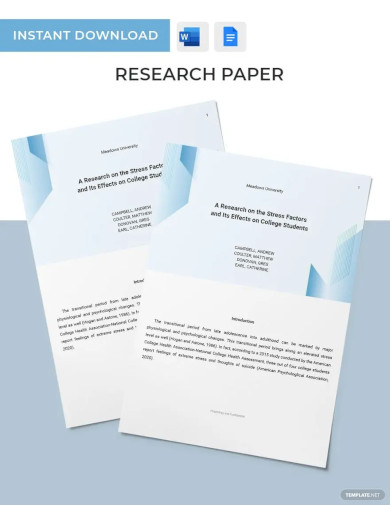
3. Narrative Essay Template
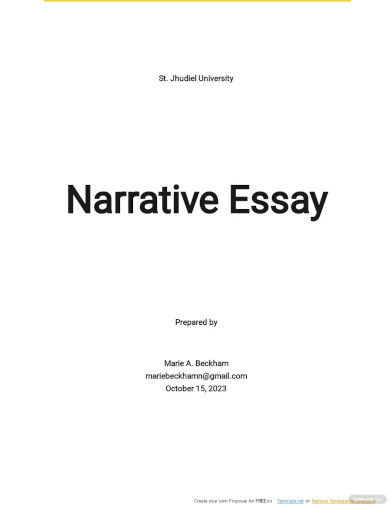
4. Descriptive Essay Template

5. Letter Template

6. Essay Rough Draft
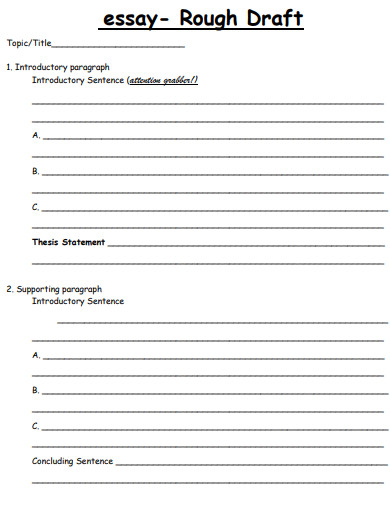
rrcs.org
7. Rough Draft Outline
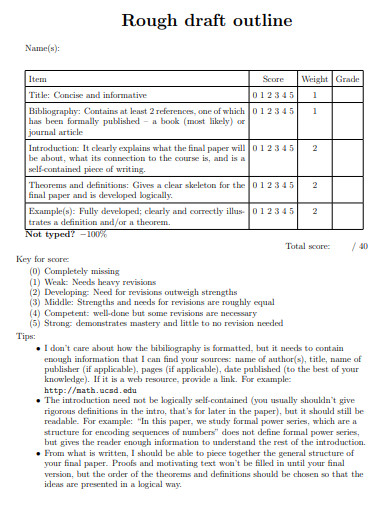
mathweb.ucsd.edu
8. Rough Draft of Research Paper
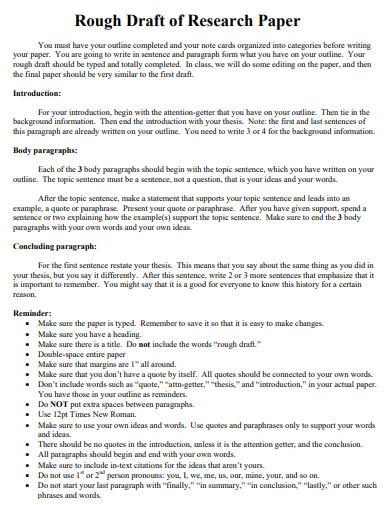
dukeofdefinition.com
9. Writing Rough Draft
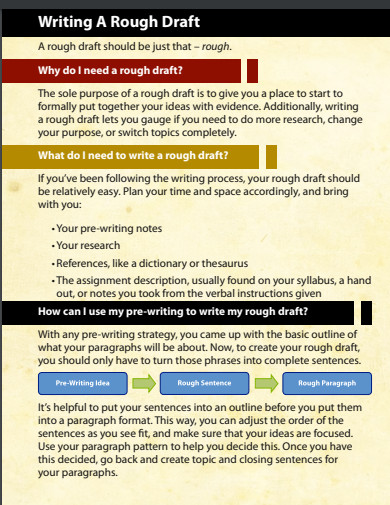
dunwoody.edu
10. Sample Rough Draft
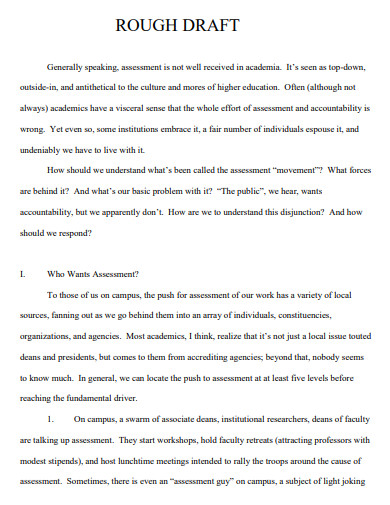
hamilton.edu
11. Story Rough Draft
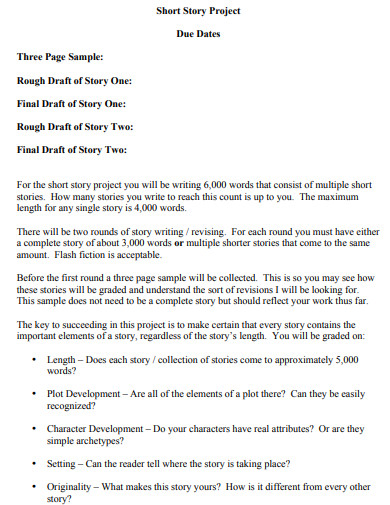
csun.edu
12. Project Rough Draft
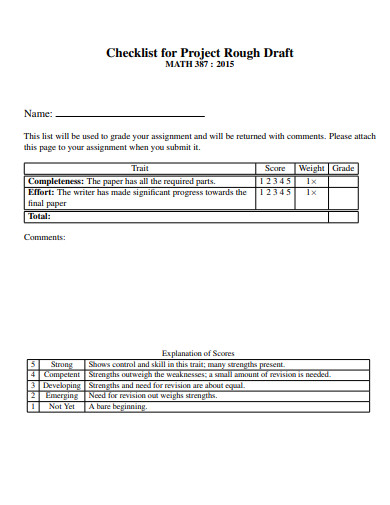
mast.queensu.ca
13. 4th Grade Rough Draft
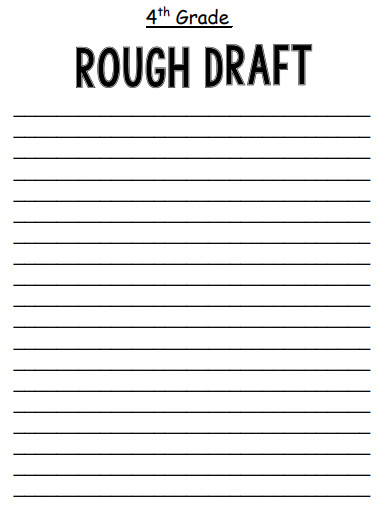
core-docs.s3.amazonaws.com
14. MLA Format Rough Draft
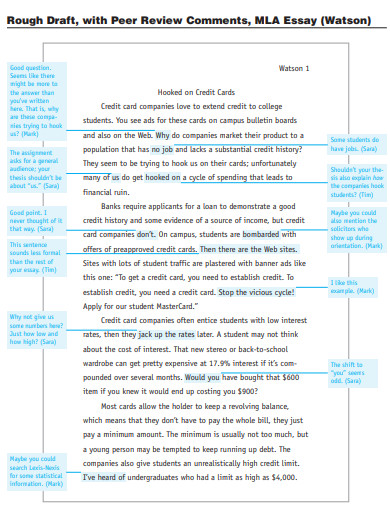
macmillanhighered.com
15. Rough Draft Sketch
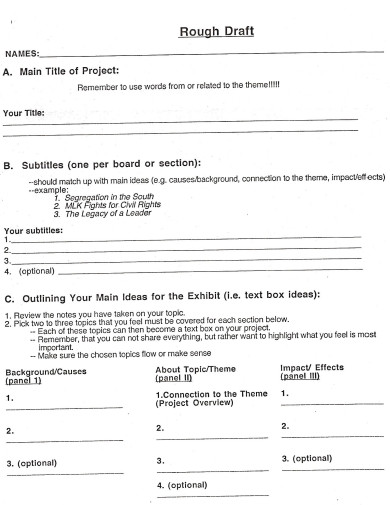
mnhs.org
16. Narrative Essay Rough Draft
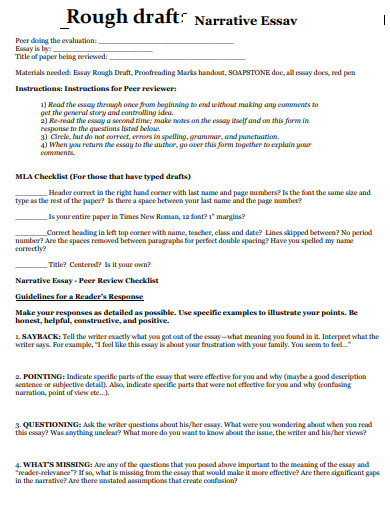
fcusd.org
17. College Essay Rough Draft
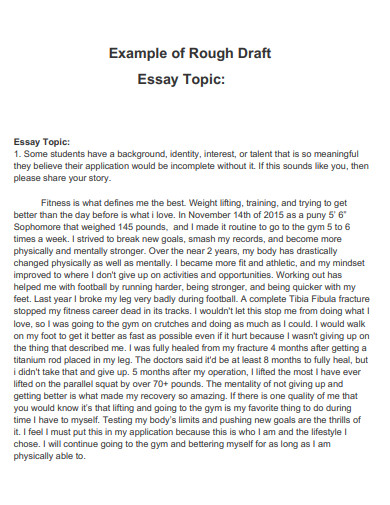
franklinboe.org
18. Descriptive Essay Rough Draft
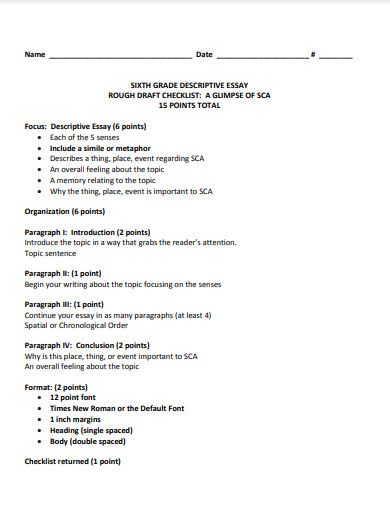
files.ecatholic.com
19. Persuasive Essay Rough Draft
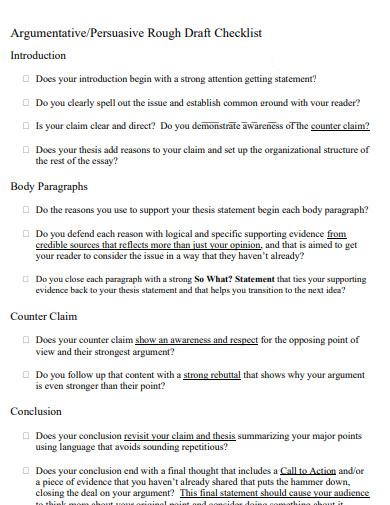
gregott.net
20. 5th Grade Rough Draft
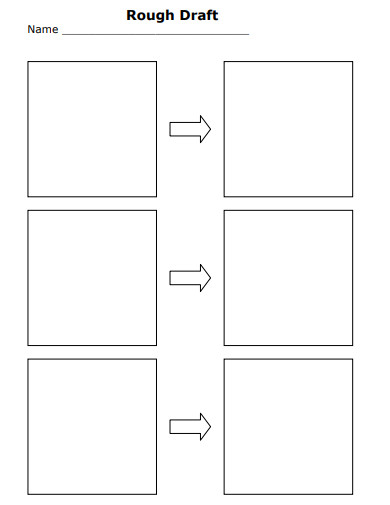
readwritethink.org
21. 3rd Grade Rough Draft
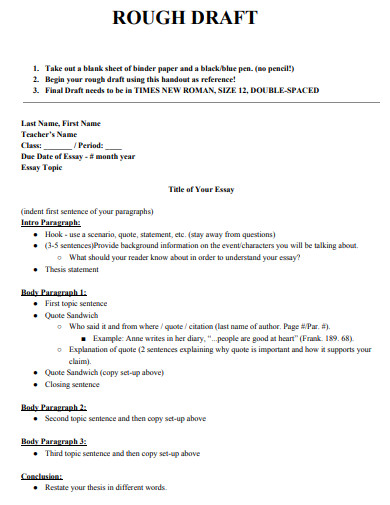
cusd80.com
22. Rough Draft Paragraph
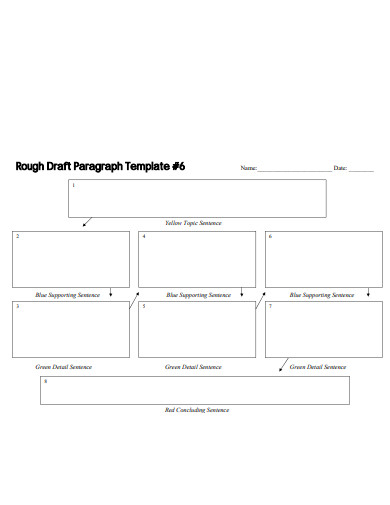
mackowiecki.com
23. Final Rough Draft
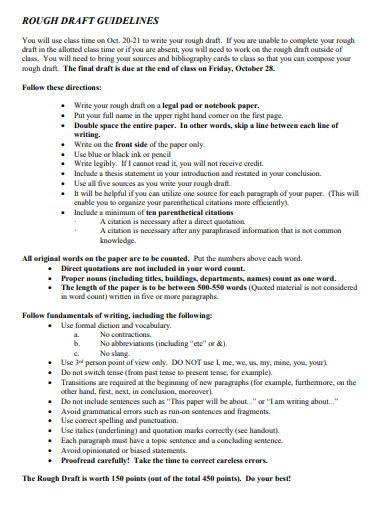
kwhsmediacenter.weebly.com
24. Rough Draft Letter
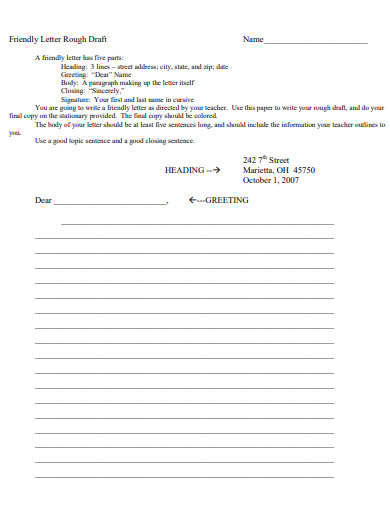
missgbrown.weebly.com
25. Rough Draft Thesis
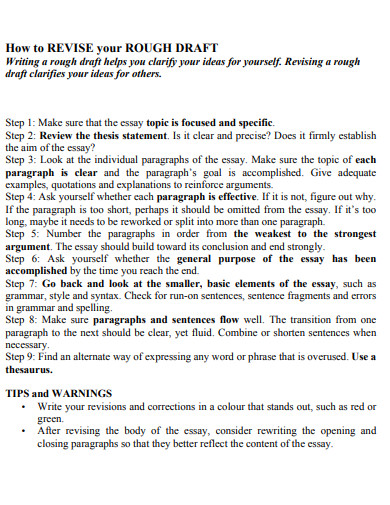
danielxerri.com
26. House Rough Draft
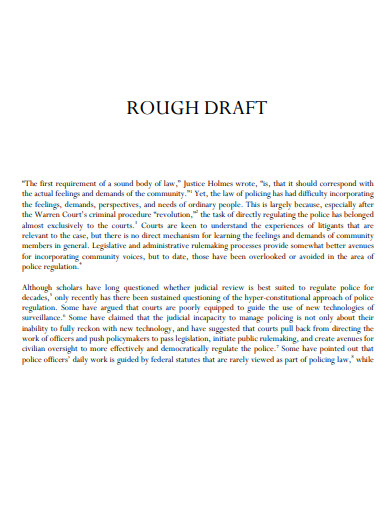
law.duke.edu
27. Personal Narrative Rough Draft
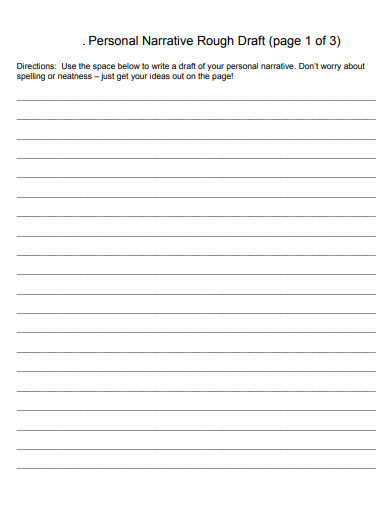
youngaudiences.org
28. Resume Rough Draft
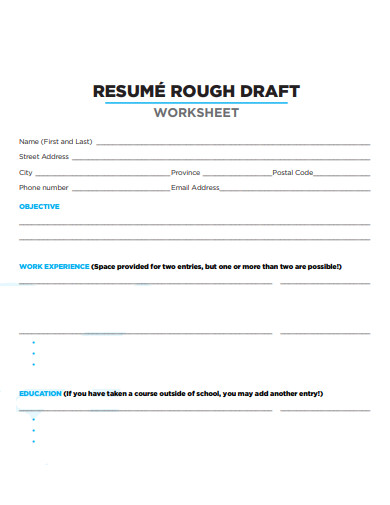
contact360.ca
29. Speech Rough Draft
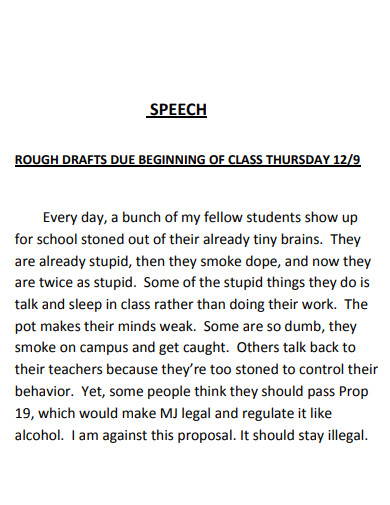
2.files.edl.io
30. Floor Plan Rough Draft
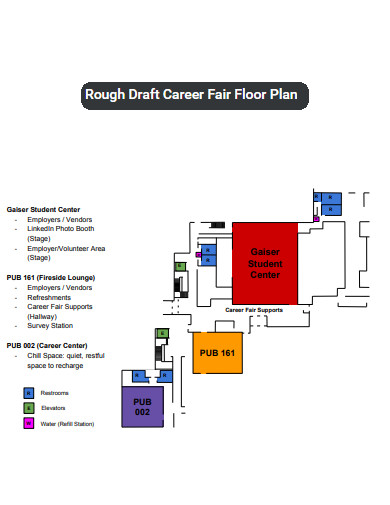
clark.edu
What is a Rough Draft?
A rough draft serves as the initial version of a written work, highlighting the core ideas and structure while allowing room for revisions and improvements. It is an essential part of the writing process, providing a foundation upon which the final piece can be refined. Consider it as a preliminary sketch, outlining your thoughts and main points before delving into the finer details.
How to Write a Rough Draft
Embarking on the journey of writing a rough draft can feel daunting, but with a systematic approach, it becomes a manageable task. Here’s a step-by-step guide to help you through the process:
Step 1: Pre-writing and Planning
Before you start writing, spend time brainstorming ideas, creating outlines, or storyboarding your work. This initial phase helps you organize your thoughts and establish a clear direction for your rough draft.
Step 2: Begin with an Introduction
Craft a compelling introduction that hooks your readers and establishes the context of your work. Clearly state your thesis or main idea to provide a solid foundation for the rest of your draft.
Step 3: Develop your Text Structure
Build upon your introduction by presenting your ideas in a logical and coherent manner. Use paragraphs, headings, and subheadings to create a clear text structure that guides your readers through the content smoothly.
Step 4: Elaborate on Your Ideas
Expand on each main point or argument, providing supporting evidence, examples, or citations to strengthen your ideas. Use this stage to express your thoughts freely without worrying about perfection.
Step 5: Conclude with a Resolution
In your conclusion, summarize your key points and offer a resolution or closing thought. Ensure that your rough draft feels complete, even if some details may require further refinement.
FAQs
Why is it important to write a rough draft?
Writing a rough draft allows you to capture your initial ideas and thoughts on paper. It serves as a roadmap for your final work, giving you the flexibility to revise and enhance your content until it meets your desired standards.
Can I use rough draft examples as templates for my own work?
Absolutely! Rough draft examples can serve as valuable references and templates for your writing projects. However, it’s essential to customize and adapt them to suit your specific needs, ensuring that your work remains original and authentic.
Should I include citations in my rough draft?
While citations are not typically included in rough drafts, it is crucial to keep track of your sources for proper attribution and academic integrity. Make sure to incorporate citations during the revision process when refining your draft into a final, polished piece.
Writing a rough draft is a fundamental step in the writing process, enabling you to establish a framework for your ideas and set the stage for refinement. With the abundance of 29+ rough draft examples available in various formats, such as Google Docs, Word Apple, Pages, and PDF, you can easily find inspiration and guidance for your specific project. So, whether you’re working on a storyboard, contract, will, writing sample, or script, utilize the power of rough drafts to unlock your creative potential and produce compelling written works.


